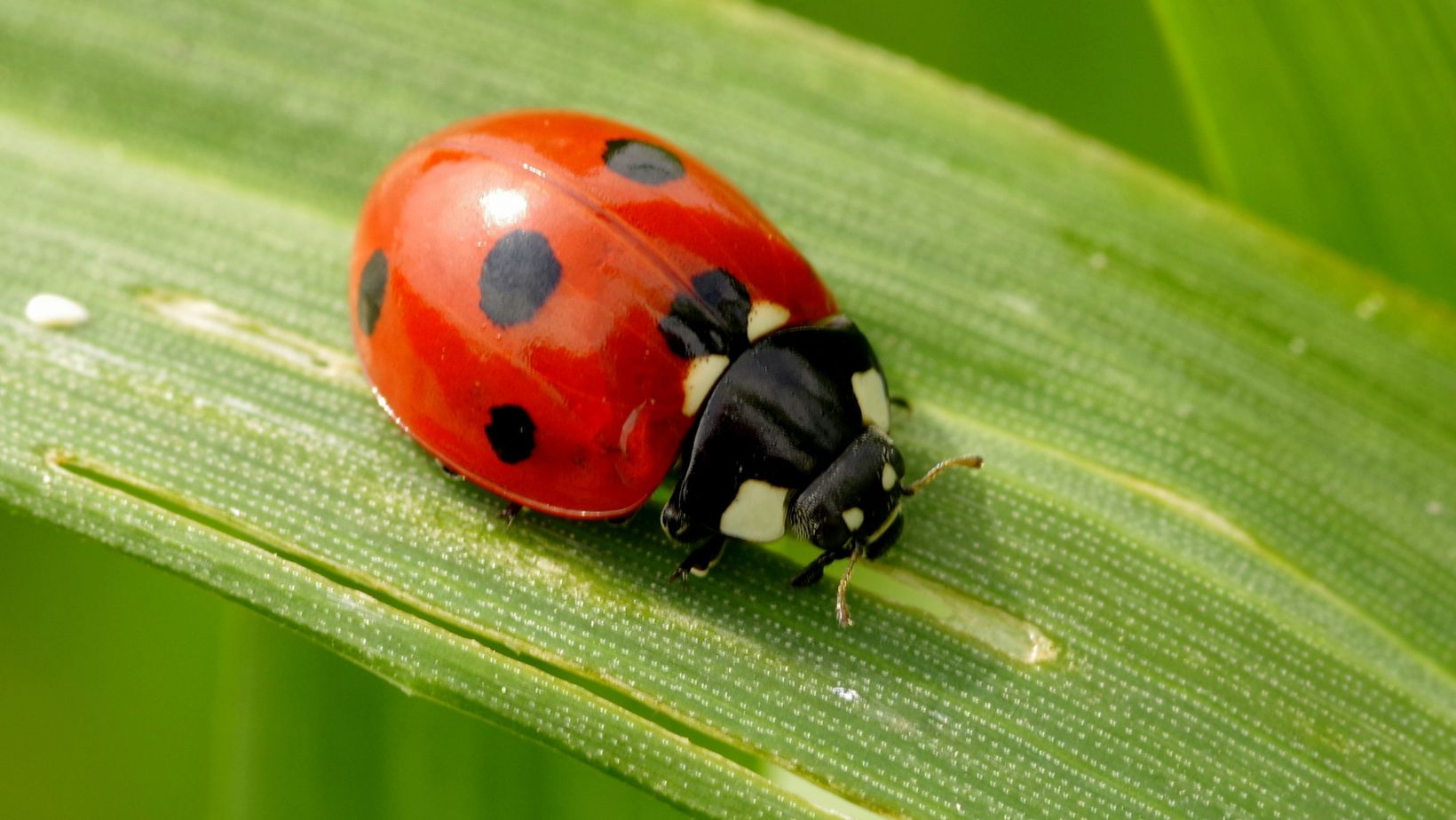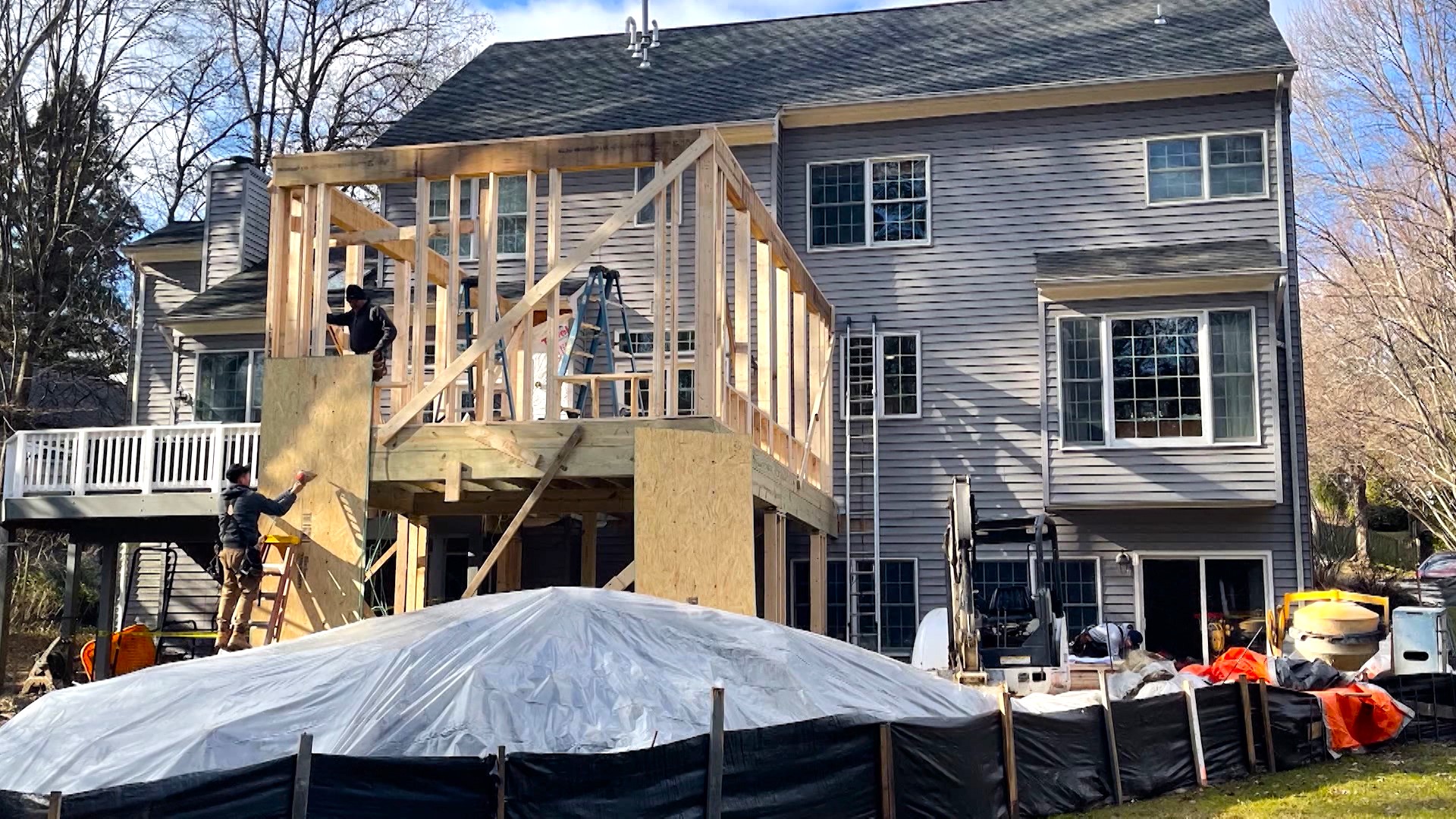 You might be asking yourself, “What’s the difference between a ladybug and a lady beetle?” The short answer is the number of black spots on their exterior, among other visual and behavioral differences, but the more elaborate answer is worth finding out if you want to stay safe and protect your home.
You might be asking yourself, “What’s the difference between a ladybug and a lady beetle?” The short answer is the number of black spots on their exterior, among other visual and behavioral differences, but the more elaborate answer is worth finding out if you want to stay safe and protect your home.
Why Are We Losing Ladybugs?
While they are not extinct at the moment, those once common and harmless ladybugs that you would find on your car windshield are dwindling in number.
There are several reasons that explain this population decline, but most notably it can be connected to climate change, habitat loss, and threats from other insects, specifically the Asian Lady Beetle.
How Did Asian Lady Beetles Overtake Ladybugs?
According to TikTok user @nawor.ro, in the 1970s the U.S. government decided (with good intentions) to introduce Asian lady beetles into the ecosystem.
This move was done in order to combat common garden pests, such as aphids. However, these new insects started to compete with ladybugs for space.
Due to their strength and ladybug-toxic fungus, they began to dominate their similarly-looking counterpart.
What Does This Mean for You and Your Home?
While this may appear to be an external issue, it’s just as much an internal one as well.
Asian lady beetles like to make themselves nice and cozy in your home during the months leading up to winter. Once settled in the warm indoors, they begin to “multiply like crazy.”
Although this expansion doesn’t guarantee that they’ll survive the entire winter. Over time, these lady beetles will begin to die out and turn out to be more than an unpleasant sight.
In the days when they’re alive, they can give your arm, leg, or any other part of your body an unwanted bite.
Even worse, Asian lady beetles “emit a yellow foul-smelling chemical that can stain things and apparently also cause breathing problems.”
How do I Keep These Ladybug Lookalikes out of my House?
At this point, you probably just want to know how to avoid this issue before it begins.
According to Sara Welch, the best way to go about this is to seal cracks, openings, and any other entry point they may come in from. These can include “windows, doors, soffits, fascia boards, utility pipes, and wires.”
Additionally, fixing up broken window screens and installing new screens behind the vents in your attic are good measures.
Timing is key, however, as you should perform these actions in either the late spring or summer. This is because these fake ladybugs will start searching for potential camp-out spots for the upcoming winter.
In the case that you still spot one inside your house, make sure to vacuum them instead of crushing them to prevent those yellow chemicals from spilling out of their bodies.
When it comes to Asian lady beetles, don’t procrastinate; put in the preventative work now to save you and your home a ton of trouble down the road.








